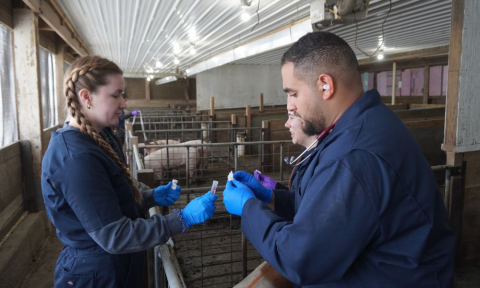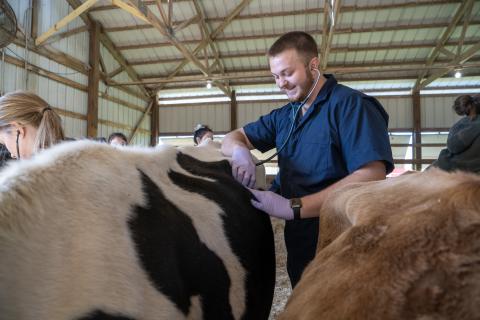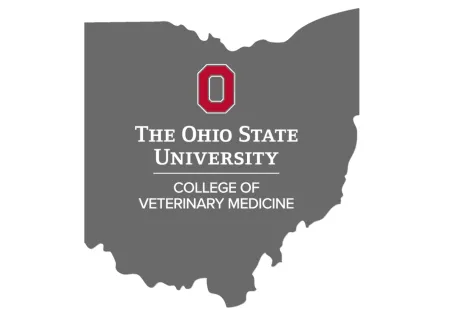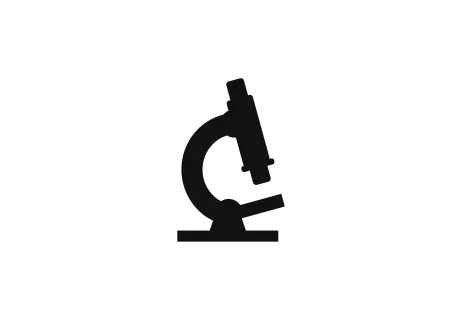Protect OHIO

We are grateful to Governor DeWine and members of the Ohio General Assembly for their support of the Protect One Health in Ohio (Protect OHIO) initiative in the state’s biennial budget. Their investment affirms the critical role veterinary professionals play in safeguarding public health, supporting Ohio agriculture and strengthening communities across the state.
invest in ohio
Protecting One Health in Ohio
Image
Protect OHIO will deliver meaningful, measurable impact across our state by educating more veterinarians with a specific focus on enrolling more students from Ohio's rural communities, mentoring large animal and rural veterinarians, and expanding risk assessment and surveillance programs to protect Ohio's agricultural economy.
-

Enroll up to 35 more Ohio students per class year.
Enhance student education, mentoring and other support programs by adding additional faculty and staff.
Expand large animal hands-on training and rural community immersion opportunities.
-

Build a pipeline of Ohio students interested in careers in large animal and rural veterinary medicine by partnering with schools and youth development programs like 4-H and FFA.
Promote financial incentives, loan repayment, scholarships and tax breaks to veterinarians serving rural and underserved communities to increase success.
Collaborate with rural communities to create incentive programs to recruit graduates and support sustainable veterinary practices.
-

Expand proactive research on top-priority diseases for animal agriculture in Ohio.
Strengthen disease monitoring and risk assessment to detect and respond to threats early.
Work with Ohio producers to support best practices that reduce disease transmission risks.
News

Featured Article
College Appoints Leah Dorman, DVM ’95, Director of Outreach and Engagement for the Protect One Health in Ohio Program